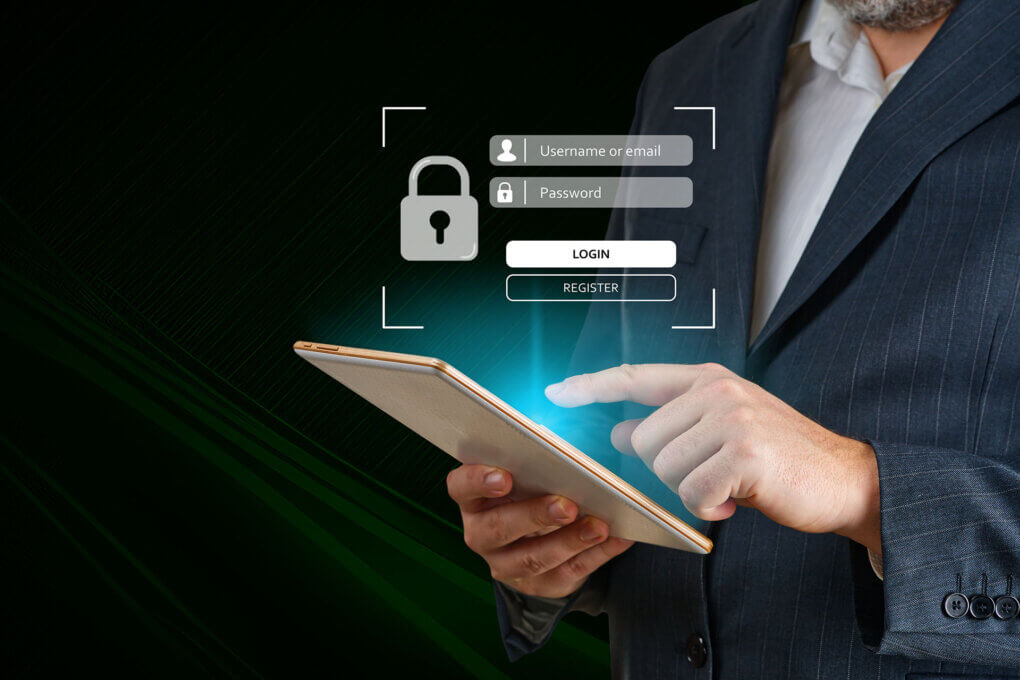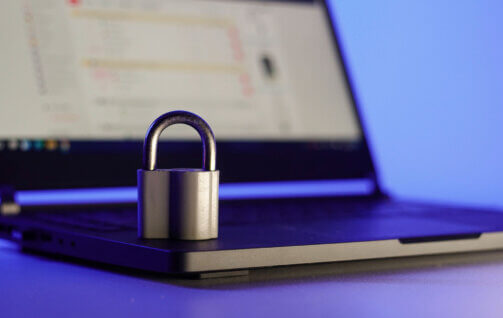Companies must find a fine balance between maximizing digital security and protecting their data and systems from cyberattacks through robust authentication methods. The most secure yet practical authentication method to achieve that is through Single-Sign-On and Multi-Factor Authentication.
- Single Sign-On (SSO) makes life easier for employees and users because they only sign in using a single account while having access to multiple platforms.
- Multi-Factor Authentication (MFA) ensures that the person who accesses the main internal system is really who they are.
By combining MFA and SSO businesses optimize system security while they still streamline user access for their employees in the most straightforward way.
Understanding Multi-Factor Authentication (MFA)
MFA adds an extra layer of security to the traditional username and password method. Instead of relying solely on something you know (your password), this type of authentication allows users to verify one or more additional verification factors.
Businesses typically rely on two different MFA types of authentication:
- 2FA (two-factor authentication) and
- 3FA (three-factor authentication).
These factors fall into three categories.
Something you know (a password or PIN)
A password or PIN is unique to a person and makes it easier to remember. The stronger the password, the less likely it is to be guessed.
Something you have (a phone or security token)
A person’s smartphone or security token is personal. Once the employee puts their new password, a message, number, or code is sent to their mobile which they have to input in order to log in to the company’s system. This puts an extra security layer after the password: only the person with the password AND the phone can access the company’s system.
Something you are (biometric verification like fingerprints or facial recognition)
To add an extra layer of protection, biometric verification ensures that the person in control of the smartphone is truly its owner.
Implementing MFA in Your Business
To implement MFA, businesses should first assess their security needs and determine which methods are most appropriate for their technology environment.
For instance, a company handling sensitive financial data might require all three factors, while another might only need two. It’s important to balance security with usability; overly complex systems can lead to user frustration. A strong password and an extra security layer might be a better option more easily implemented than 3FA.
The Role of Single Sign-On (SSO) in Enhancing User Experience
Single Sign-On is a user authentication service provider that allows potential users to provide one set of login credentials (e.g., name and password) to access multiple applications and platforms. The primary advantage of SSO is its simplicity and efficiency. It can be an email account, a social media account, or your web apps, for example.
It enhances significantly the experience for users by reducing password fatigue from different user name and password combinations. It also decreases the time spent re-entering passwords for the same identity and it simplifies the process of managing multiple accounts and passwords.
Most people are confused and tired of remembering different and various passwords for their accounts. SSO makes things simple and straightforward. As long as the account they enter through is a trusted account, this is a secure way to access systems.
Why Should You Use SSO?
SSO can streamline your employees’ access and make it straightforward and frustration-free.
Your business won’t have to reset passwords, and your IT department will have more time to dedicate to important tasks rather than password reboot.
MFA vs SSO
The difference between MFA and SSO is that Multi-Factor Authentication can provide multiple forms of authentication while SSO simplifies user access by using just one set of credentials.
The dichotomy lies in their impact on a company’s security posture. MFA acts as a formidable barrier, minimizing the single point of failure. On the other hand, SSO introduces a centralized authentication point that could potentially become a vulnerability. The key is to strike a balance, leveraging the strengths of both security measures.
Integrating MFA with SSO creates a synergy that fortifies overall cybersecurity, ensuring that even if one layer faces a challenge, the other remains a stalwart safeguard, providing a comprehensive defense against unauthorized attempts to access their accounts.
Combining MFA and SSO for Maximum Security and Efficiency
So, SSO or MFA? In our experience, you need both SSO and MFA. This maximizes your system security and makes your system more airtight against unauthorized access.
When MFA and SSO are combined, they provide a balance of security and convenience. MFA ensures that even if a password is compromised, unauthorized users can’t gain access without the additional authentication factors.
Meanwhile, SSO simplifies the login process by reducing the number of times users need to authenticate.
Best Practices for Implementing MFA and SSO
User Education and Training
Educate your employees about the importance of MFA and SSO, how they work, and best practices for ensuring security. If you have your team with you, the process will go smoothly and they will accept it more eagerly as part of their work routine.
Regularly Update and Monitor Systems
Keep your MFA and SSO systems updated with the latest security patches and monitor them for any unusual activities. Cybercriminals are crafty; your business should stay one step ahead of them.
Customize According to Need
Tailor your MFA and SSO implementation to fit the specific needs and risks of your business. Fine-tune your security policy according to your business needs and how you can optimize productivity and employee satisfaction while still keeping your data fully protected.
Seek Expert Guidance
Consider consulting with managed IT service providers who can offer tailored advice and support solutions for your business’s specific platforms. The team at Corporate Technologies works with plenty of businesses and we have customized SSO and MFA strategies to fit each company’s needs and profile.
MFA and SSO Can Maximize Your System Security
When you incorporate Multi-Factor Authentication and Single Sign-On into your business’s cybersecurity authentication process, you are taking a step towards enhancing digital security and user experience.
As cyber threats evolve, a smart security set of credentials like MFA and SSO can make a significant difference in protecting your business’s digital assets.
Remember, the key to effective cybersecurity is not just adopting the right tools but also ensuring that your employees understand and correctly use these tools. When you have your employees aboard, you can make MFA and SSO work smoothly and your business will thank you for it.
Take action now to fortify your digital security! Our robust solutions, including Multi-Factor Authentication (MFA) and Single Sign-On (SSO), protect your systems while offering a seamless experience for users to access multiple platforms. Don’t wait — implement these cutting-edge technologies today and safeguard your identity. We provide two powerful layers of defense, empowering you to stay one step ahead!





